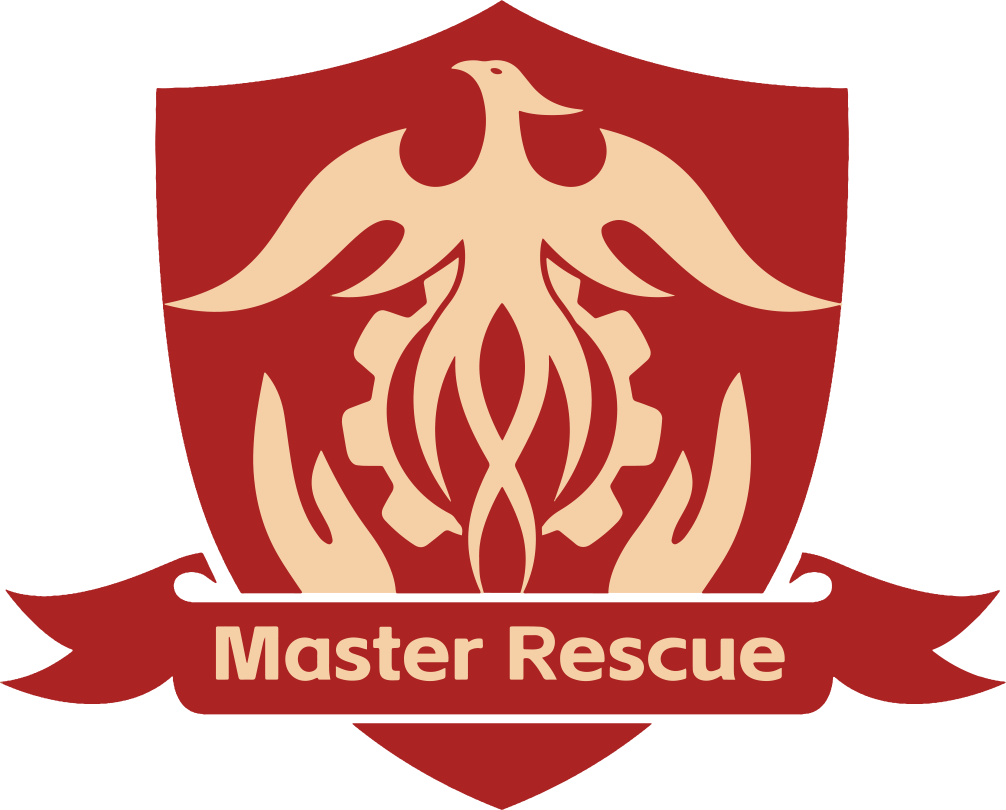The vented chest seal is designed to save lives by addressing the most dangerous consequences of chest trauma. Here are some of the key benefits:
- Prevents Air from Entering the Chest
The vented chest seal’s one-way valve allows air to escape but prevents external air from entering the chest cavity. This is vital in preventing the collapse of the lung, a condition known as pneumothorax, which can be fatal if untreated. - Reduces the Risk of Tension Pneumothorax
Without a vented chest seal, trapped air can build up inside the chest, causing tension pneumothorax. This pressure pushes against vital organs like the heart and lungs, severely compromising the patient’s ability to breathe. A vented seal allows this trapped air to escape, alleviating the pressure and significantly improving the chances of survival. - Quick and Easy Application
Vented chest seals are designed for rapid deployment. First responders can apply them in a matter of seconds, even with limited medical experience. This is crucial in high-pressure situations where every second counts. - Compact and Lightweight
Despite their life-saving capabilities, vented chest seals are incredibly lightweight and compact, making them easy to carry in any trauma kit. Their portability ensures that emergency responders always have the necessary tools on hand when dealing with chest injuries.
When Should You Use a Vented Chest Seal?
- Open Chest Wounds (Sucking Chest Wounds)
A sucking chest wound occurs when a wound in the chest allows air to be drawn into the pleural cavity, which can lead to a collapsed lung. The vented chest seal is the ideal tool for this situation, as it effectively seals the wound while allowing trapped air to escape. - Combat and Military Settings
In combat zones, chest injuries from gunshots, shrapnel, or blasts are common. A vented chest seal is critical for treating these injuries before the patient is evacuated for further medical care. - Trauma from Industrial or Civilian Accidents
Accidents such as car crashes, workplace injuries, or natural disasters often result in chest injuries. A vented chest seal can be a life-saving tool when used by first responders to stabilize patients in the critical moments before they reach a hospital. - During Transport to Medical Facilities
After applying the chest seal, it helps maintain the integrity of the wound while transporting the patient. This is especially important when the patient is far from a hospital or emergency medical facility.
Key Features of Vented Chest Seals
- One-Way Valve Technology
The heart of a vented chest seal is the one-way valve, which ensures that air can only escape from the chest cavity and cannot enter. This prevents the development of life-threatening conditions like tension pneumothorax. - Strong Adhesive Backing
The chest seal’s adhesive backing ensures a secure and airtight seal over the wound, even in challenging conditions, such as when the patient is sweating, moving, or in a hostile environment. - Waterproof and Sterile
Vented chest seals are typically waterproof, ensuring that they remain effective even in wet or harsh conditions. They are also sterile, reducing the risk of infection when applied to an open wound. - Durable Design
Built to withstand extreme conditions, vented chest seals are durable, ensuring they remain in place during patient transport and do not lose their functionality.
The Importance of Proper Training in Using a Vented Chest Seal
While a vented chest seal is an essential tool in trauma care, proper training is key to maximizing its effectiveness. First responders, medical personnel, and military personnel should be trained in how to properly apply the chest seal, monitor the patient’s condition, and make decisions about additional treatment if needed.
Some of the key considerations in training include:
- Identifying the Need for a Chest Seal: Understanding the difference between a simple chest wound and a life-threatening wound that requires a vented chest seal.
- Proper Application: Knowing how to position and apply the seal quickly and efficiently.
- Monitoring the Patient: Observing signs of respiratory distress or further complications, and knowing when to escalate care.
Conclusion
The vented chest seal is an indispensable tool in trauma care, providing immediate stabilization for patients with chest injuries. Its one-way valve technology, combined with a secure adhesive backing and simple application, makes it the perfect solution for treating life-threatening wounds in a variety of settings, from combat zones to civilian accidents.
By allowing trapped air to escape while preventing external air from entering, the vented chest seal reduces the risk of pneumothorax and tension pneumothorax, two conditions that can otherwise be fatal. Whether you are a first responder, military medic, or someone preparing for emergency situations, adding a vented chest seal to your trauma kit is a critical step in ensuring the best possible outcomes for patients with chest injuries.
